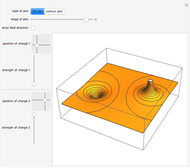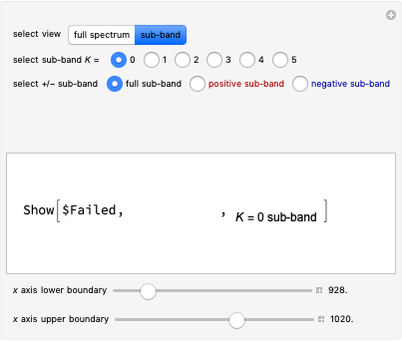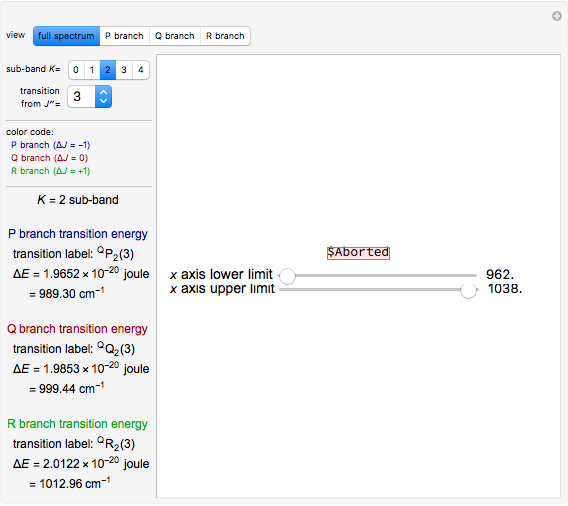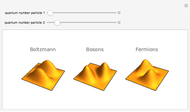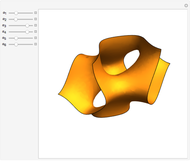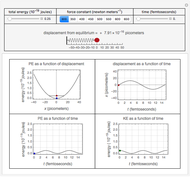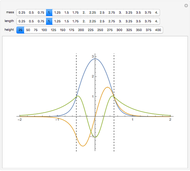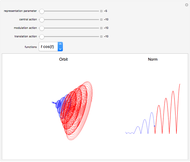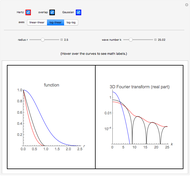Fourier Transform of Radially Symmetric Potential Functions

Requires a Wolfram Notebook System
Interact on desktop, mobile and cloud with the free Wolfram Player or other Wolfram Language products.
Radially symmetric potential functions that are positive and bounded (i.e., do not diverge at  ) are commonly used to describe the interaction energy between pairs of macromolecules. The centers of mass of two mixed polymers can superimpose when their macromolecules entangle. It turns out that the behavior of these macromolecules (melting, crystallization, and diffusion, for example), is very sensitive to the shape of the potential that describes their interaction. Indeed, the shape of the Fourier transform of this class of potential functions has been shown to be important in classifying the phase behavior of such macromolecules [1].
) are commonly used to describe the interaction energy between pairs of macromolecules. The centers of mass of two mixed polymers can superimpose when their macromolecules entangle. It turns out that the behavior of these macromolecules (melting, crystallization, and diffusion, for example), is very sensitive to the shape of the potential that describes their interaction. Indeed, the shape of the Fourier transform of this class of potential functions has been shown to be important in classifying the phase behavior of such macromolecules [1].
Contributed by: Pep Pàmies (March 2011)
After work by: J. C. Pàmies, A. Cacciuto, and D. Frenkel
Open content licensed under CC BY-NC-SA
Snapshots
Details
References:
[1] C. N. Likos, A. Lang, M. Watzlawek, and H. Löwen, "Criterion for Determining Clustering versus Reentrant Melting Behavior for Bounded Interaction Potentials," Phys. Rev. E, 63(3), 031206 (2001).
[2] J. C. Pàmies, A. Cacciuto, and D. Frenkel, "Phase Diagram of Hertzian Spheres," J. Chem. Phys. (forthcoming).
Permanent Citation











